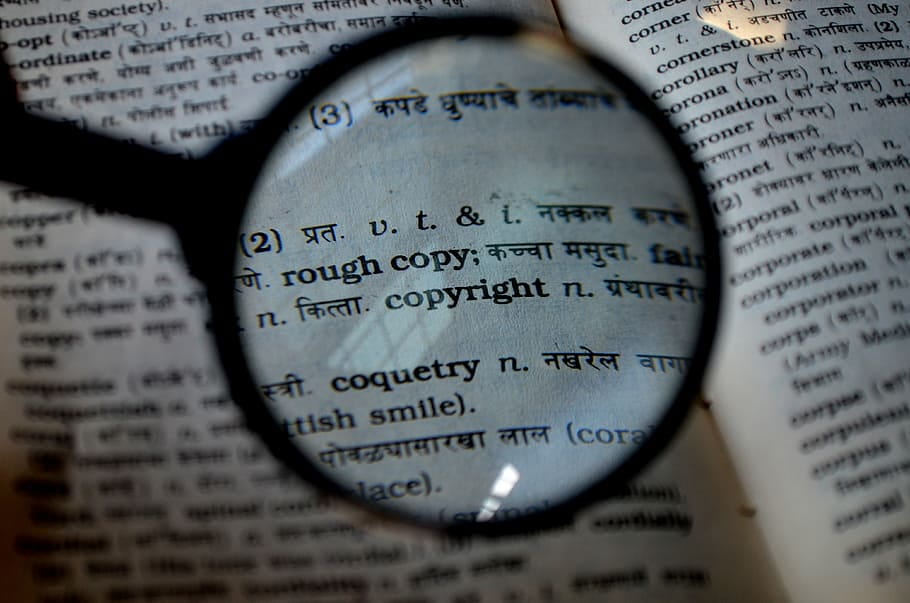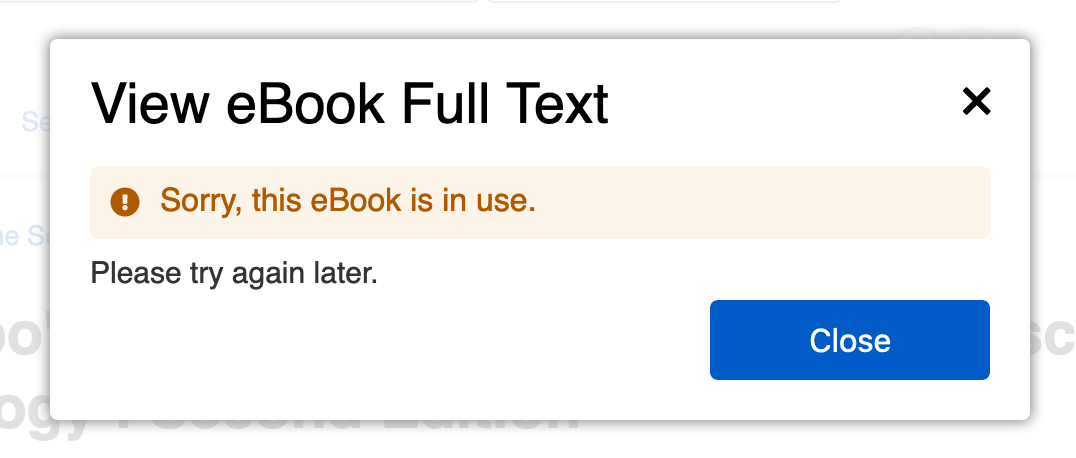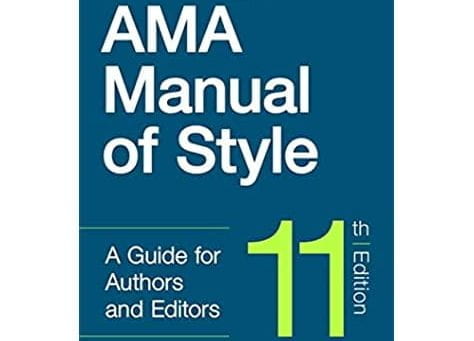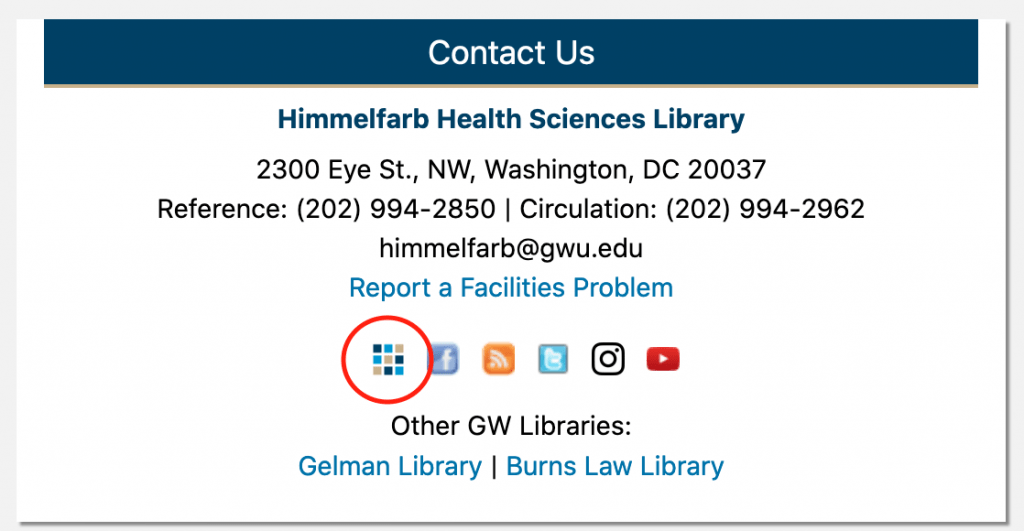
Himmelfarb Library is excited to introduce a new resource, our Early Career Researchers Guide!
Traditionally, students and early career researchers learn about the research lifecycle from faculty mentors and more experienced colleagues, but the COVID-19 pandemic has made such networking more difficult. To help bridge that gap, Himmelfarb librarians have put together this new research guide to get you started.
Unsure what opportunities are available to you at GW? We’ve compiled the various funding, training, and support resources in one place to make them more easily accessible. Each tab in the guide focuses on a different part of the research lifecycle, helping you hone in on the resources you need depending on where you find yourself in your research. The “Getting Started with Research” tab offers an overview, while each of the subsequent tabs focuses on proposals, literature reviews, publishing, data management, promoting your research, and how to showcase your research as you progress in your career.
Have additional questions after reviewing the guide? You can always contact us at himmelfarb@gwu.edu with questions about research and publishing.











